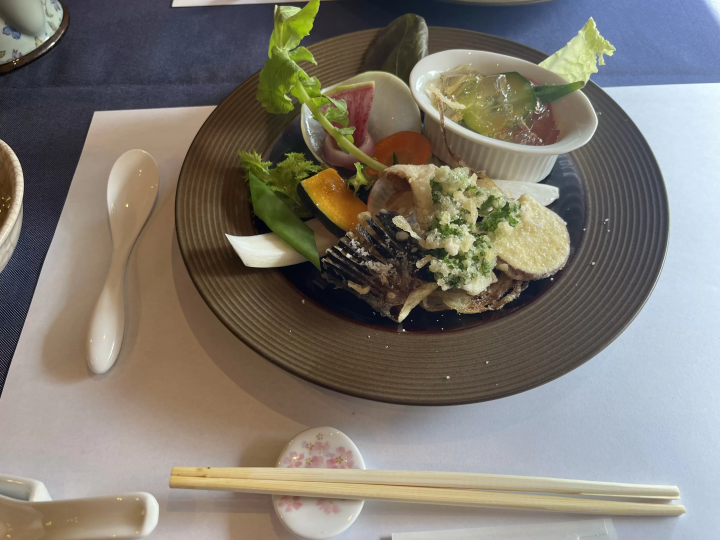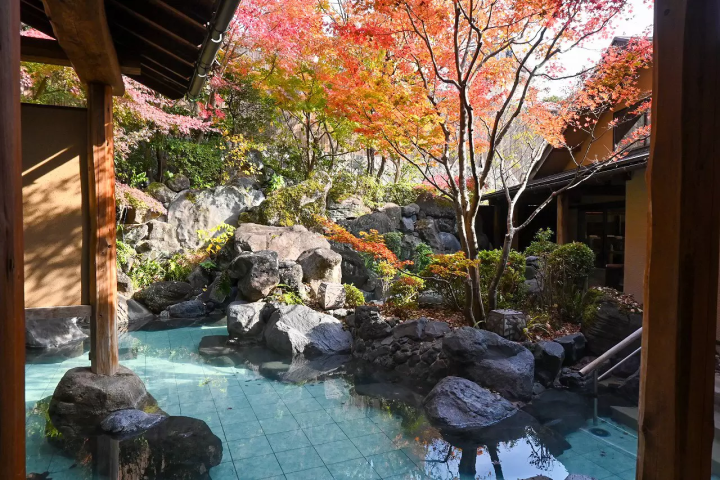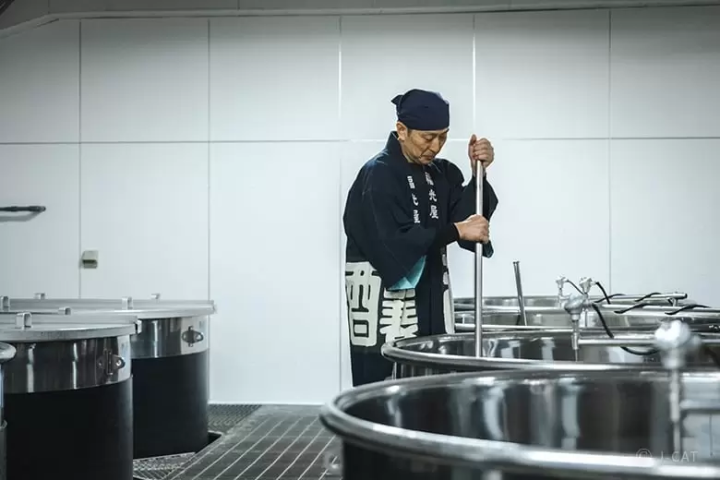Shōji (Sliding Doors) - Japanese Encyclopedia

A sight familiar to anyone who has seen a traditional Japanese home, today we take a closer look at shōji, or sliding paper doors.

Photo by Pixta
Shōji are types of internal doors and windows primarily found in traditional Japanese houses and buildings. These sliding door and window coverings are fashioned from light wooden frames that have a single large sheet of washi sandwiched between them.
Read also: Japanese Encyclopedia: Washi (Japanese Paper)
In other words, these partition doors and window coverings are mainly made from this rough, fabric-like paper. It may seem hard to believe at first, but these fragile-looking doors are excellent at stopping both the wind and the rain.
Not only that, but they allow sunlight and moonlight into the room, which gives rooms with washi-based shōji a dreamlike, beautiful atmosphere. This is a sight that can only be seen in a truly traditional Japanese building.
General Use in a Home
Though the number of traditionally constructed Japanese homes is on the decline, in general shōji are still commonly found in family homes.
For example, in homes with verandas, access to the garden and the home itself may be divided with a shōji.
Or in apartments with Japanese-style rooms with tatami, you are certain to find shōji. Although in many cases, the sliding doors are not set with washi paper but rather glass panels or the washi type are used in place of curtains in front of windows.
Where to Find Shōji
Shōji are becoming increasingly harder to find in private homes, but can be readily seen in Japanese-style inns, Japanese restaurants and anywhere that a traditional Japanese atmosphere has been preserved. From room to room, and between rooms and the outside world, these carefully crafted partitions cleanly and simply create useful borders within buildings.
And, at the majority of temples, the white panels that can often be seen from the outside or offertory box are in fact paper-based shōji.
In this way, you may have already seen dozens of shōji while in Japan and not even realized it. If that has intrigued you, then next time you are at Japanese friend's home, an inn, or temple, why not spend a few minutes getting a better look at these charming architectural features?
YURI SAKATA 青山学院大学 総合文化政策学部 着物と海が大好きです。































![[Coupons available] We're open even during the New Year holidays! We'll bring you information on our New Year's sale!](https://resources.matcha-jp.com/resize/720x2000/2025/12/26-254137.webp)

![[For beginners and debutants] Special feature on recommended ski resorts and ski tours!](https://resources.matcha-jp.com/resize/720x2000/2025/12/26-254120.webp)

